2018-10-22
Series "Originally non-English"
Authors
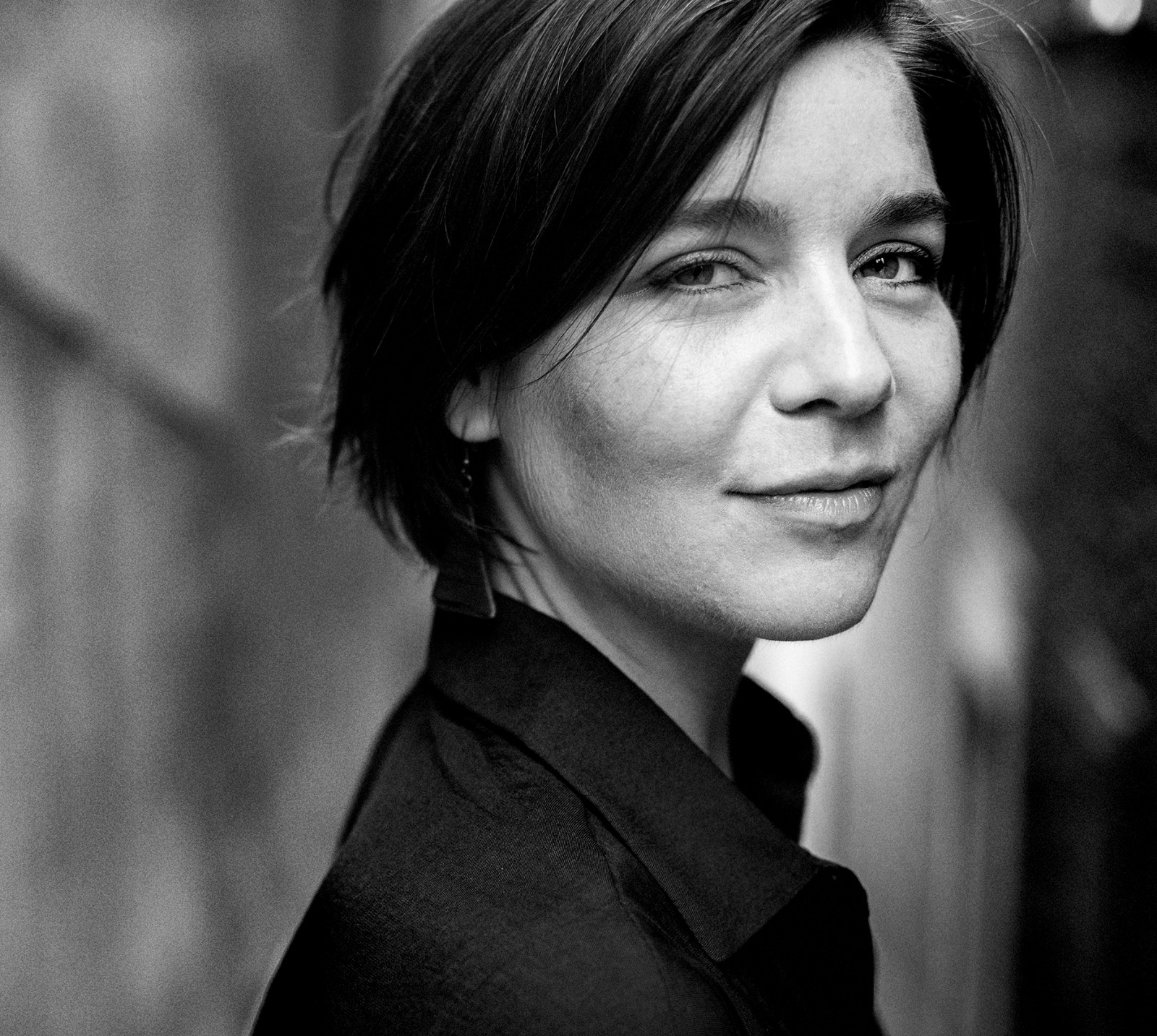
Sandra Coumans
lives in Brussels. She is founder of the consultancy Culture le Hic, with which she focuses on sustainable cooperation in the cultural sector on a transnational level. In 2011, she published the book 'History and Identity. "Black Box / Chambre noire" by William Kentridge', an examination of the South African artist’s work as well as the relationship between Africa and Europe.
The Lubumbashi Biennial
The Step Towards an Anchorage
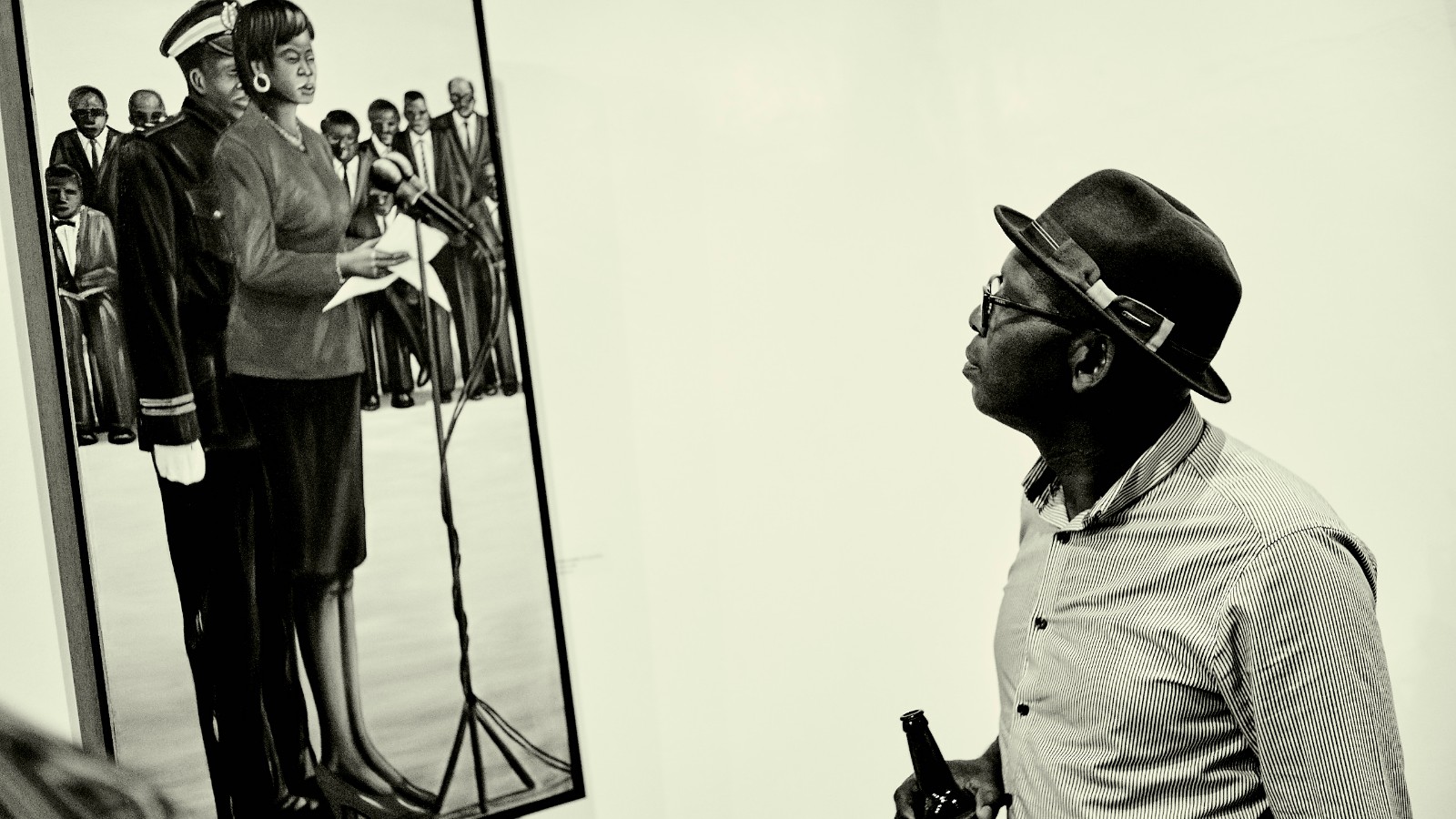
How to build an independent art scene? For those directly involved in the Lubumbashi Biennial in the Democratic Republic of Congo, this is an urgent question that has clear social consequences. By investing in its own locality while forging its place in the world, the Biennial is leading the way.*
Series "Originally non-English"
A few of us are sitting on the patio of our hotel in Lubumbashi, in the Congo. It is somewhere in the afternoon of early October 2017. Some of the pre-events of the international biennial for contemporary art in Lubumbashi are already over and tonight its official opening will take place in the city’s Musée National.
A few of us - meaning a number of foreign biennial guests - are hanging out, drinking a few beers. The conversation turns towards the elections in Kenya. In a few weeks' time, a new general election will take place, as the Kenyan Supreme Court annulled the election results of early August 2017. The general mood in Kenya is one of uncertainty with not only catcalling and protests but also casualties, even a few dead. Its effect has been to immediately stagnate economic growth, despite the fact that the country is known to be relatively stable on the continent. In visible frustration, Thom Ogonga, an artist from Nairobi, calls out across the hotel patio: "Why do so many African countries keep fucking up?!"
Good question. Why is it that many African countries follow a negative pattern that seems impossible to break? What has happened to the enthusiasm and energy of the new African leaders during the independence movements of the last century? Will it be possible at all to formulate a positive response to the intensity of history, both before and after independence?
A biennial for the city
How does a major international event in contemporary art relate to the local social and historical context? Is its societal commitment mainly expressed through an artistic-conceptual positioning? Are the economic benefits (international biennial equals visitors equals revenue) the most important thing such an event can offer to the location that it takes place in? Or is a different interplay conceivable?
Biennale de Lubumbashi, Rencontres Picha was organized for the fifth time in 2017 by Picha Association. The idea for the biyearly art exhibition came about after a visit to the Bamako Biennial in Mali in 2007. It served as an inspiration to the founders, such as the artist Sammy Baloji, himself from Lubumbashi. And thus the independent association Picha ('picha' is Swahili for image) was set up and the biennial first took place in 2008. Despite the many financial and logistical challenges that the Congo brings with it, the biennialÂ’s organisers were able once more to set up a varied contemporary art event. For the second time under the lead of artistic director Toma Muteba Luntumbue - who, like Baloji, is part of the Congolese diaspora - Picha manages to present a large, international and multidisciplinary exhibition of contemporary art in and also to its host city. The organisers are specifically not in it to serve the global art elite; the goal is not necessarily to become part of the merry-go-round of international art biennials, as Venice or Dak'Art are. On the contrary, since contemporary art is virtually absent in the city, the goal is to present exactly that to the inhabitants of Lubumbashi and thus, no matter how small or large, bring about a break with the everyday.
To the students of the Institut des Beaux-Arts, its exhibition opening as part of the biennial - which presents artists from the art schools in Lubumbashi and Kinshasa - does not go unnoticed. Obviously very curious, they come to watch and mingle with the attending guests. It is the hope of artistic director Luntumbue that art will leave a lasting impression on these young people and that it will (unconsciously) influence and change their daily world. After all, the event presents them with an alternative, both in terms of content and professionally, in a country where for many people this is largely absent.
Whereas the biennial makes an important contribution to the public art scene in Lubumbashi and the Congo, the fact that two art schools are included in the programme allows their positioning in that same art scene. In this sense, it is a legitimation of their work and purpose. And it also brings the financial means to carry out small but needed renovations to the school building where they would otherwise not be available. In this way, this biennial not only invests in its own organisation, but also in the future of its immediate surroundings.
Critical glare
As is customary at art biennials, Luntumbue presents art on the basis of a global-societal vision. Indeed, the biennialÂ’s title 'Eblouissements' (glares) is a reference to the book L'impérialisme colonial. Critique de la société des éblouissements (2015) by the sociologist Joseph Tonda. In it, a critique of current post-colonial society and globalization under capitalism is elaborated. Tonda talks about the violence of imaginary by means of glares (in the sense of something astonishing, a seduction, fascination, blinding or even hallucination) to which our world is subjected. Within the context of the biennial, Tonda's thinking gives rise on the one hand to critical reflection on our effective capacity to act autonomously in face of the many visible and invisible forces that influence our world. On the other hand, it reflects the (im)possibility of an individual artistic practice in a world saturated with images is addressed.
It is precisely the focus on the local and international that evokes an interesting friction. According to artistic director Luntumbue, there is a certain discrepancy in the worldwide abundance of images which is characteristic of our times. One can argue that due to globalization and the digitization of our surroundings, younger generations especially relate to an increasingly homogeneous repertoire of images, which leads to a more and more homogenized visual language. Moreover, thanks to technological accessibility, everyone has become a potential consumer and producer of images. On the other hand, notes Luntumbue, there still exists an important difference in intensity, in flux and amount of images between the different regions of the world. Therefore, although the type of images is more and more the same, the exposure to them is different: a different quantity and speed. In addition, the possibility of interaction and exchange via images remains divergent.
In short, digital technology may be omnipresent, but it still makes a significant difference depending on where you are located physically. The biennialÂ’s concept, éblouissements, consequently poses the question: where are you are better off? The more exposure to the flood of images, the more likely you might also get caught up in hallucinations.
Fascinating places
The Lubumbashi Biennial is ultimately an idiosyncratic event, which gives a lot of attention to the national scene without losing sight of the world at large. It is spread over five locations in different districts of Lubumbashi, a somewhat sleepy metropolis, which is mainly of great economic importance due to its mining industry. The kick-off of the biennial took place in Atelier Picha with performances and a pre-opening. There is the Musée National de Lubumbashi that houses the main exhibition and also the Institut des Beaux-arts de Lubumbashi. Finally, the Halle de l'Etoile/Institut français and the Galerie Hangar/Complex La Plage show solo exhibitions, documentary and film screenings and a retrospective.
It is an extensive and diverse programme with big names, such as Carsten Höller and Sammy Baloji, as well as talent yet to be discovered, and with Congolese alongside other African and European artists, such as Kiripi Katembo Siku or Jean-Pierre Bekolo.
Twenty or so professionals from multiple African and European countries are also attending the opening week. Most Europeans (German, Belgian, Spanish, Italian, Dutch) are financially supported by their universities or work. Africans (from countries such as Angola, Mozambique, Senegal, South Africa and Rwanda) have come through scholarships, such as the pan-African exchange programme Moving Africa set up by the Goethe Institut, which aims to promote the knowledge network within the African art sector. All in all, it is a fascinating environment and collection of people that would undoubtedly not have been the same without the organisersÂ’ network, which reaches into the Congo, Africa and Europe.
One of the most inspiring locations is the building that serves as the office and studio space of the Picha Association. It is a pleasant house including a cosy garden and shed. In the past few months, some ten young artists from different disciplines (photography, dance, painting, performance, video, installation art) from all over the Congo have taken over the various rooms and hallways (and the street). They have completed a residency programme there over a period of three months, entirely at the invitation of the association. The residency has been cleverly designed and the right choices have been made: its end coincides with the beginning of the biennial, which means that the participating artists can immediately show their work in a (international) exhibition. Moreover, the residency programme offers an important addition to the modest public artistic education in the Congo: active attention was given to the formal and conceptual development of the artists through an extensive exchange with invited mentors and workshop leaders from the Congo and abroad. The level of the presented art works is high. Most of them display a powerful and individual formal language.
Claim to identity
A claim to identity happens to be precisely one of the underlying ideas of Picha: the participants are deliberately encouraged to research and rediscover their own and Congolese history, exactly because so little knowledge of it exists. The reason is that, in the words of Rosemary Tshawila, coordinator of the association, history is identity and identity provides stability. She even sees it as an important instrument for the Congo to pave the way for significant changes to take place: without an awareness of his/her history, a person will not be able to give something to society. In this way, reconquering one's own identity becomes a reconquest of society as a whole.
Connecting worlds
The dominant shape of the exterior of the Musée National de Lubumbashi immediately stands out. A large block of rough concrete supported by green pillars, it is a characteristic building, but seems disproportionately large compared to the undeveloped terrain around it and the low-rise buildings in its immediate vicinity. The interior of the museum, however, looks completely different: the open, free-flowing visual axes that have been created through contrasting levels, corridors, stairs and bridges connect rooms of varying sizes. The selected works from the biennial are placed next to and between the objects from the permanent ethnographic, archaeological and entomological museum collection. These are two worlds that normally remain separate, but now enter into a complex dynamic of context, origin, era and musealisation.
The permanent collection was originally set up following a European model and has hardly been changed ever since. Even the very concept of the museum as an institute is European par excellence: wanting to collect, document, archive, lock up in display cases on the basis of highly defined categories of objects and ideas.
Beyond museums
Babacar Mbaye Diop, former curator of the Dak'Art Biennial and professor at the University of Dakar, has his own thoughts about it. For him, the question that poses itself to the African continent is how to create its own, self-supporting modernity? In his view, dis does certainly not happen by means of museums, ethnographically or otherwise, because Africa does not have a museum culture, nor has it ever had.
Moreover, the musealisation of objects implies a loss of meaning, because in many African cultures the value of an object strongly lies in its use. A mask that is no longer part of its ritual tradition is just a piece of wood. Popular Congolese painting serves as conversation material, not as a status symbol.
This is precisely why the biennial model or a variant of it might be an extremely suitable alternative: it allows the creation of a continuity in terms of artistic presentation and of artistic encounter without having to succumb to musealisation. Specifically the Biennale de Lubumbashi reinforces itself precisely in exchange with the other. Through artistic imagination it enriches the collective consciousness about its own background and origin, without closing itself off from the world around it. This is precisely where an important path to an anchorage of society could lie.
It uses locality and the existing ties with other countries (in Africa and Europe) to strengthen its own contemporary art scene while introducing it to the outside world. Moreover, a huge social commitment is present in which the formulation and appropriation of identity plays a major role. A reflection on the state of the world and one's own environment are almost self-evidently part of that, because they are inextricably linked.
The Lubumbashi Biennial shows that what matters is finding the right balance between the international and the local, and positioning oneself somewhere in between. And that challenge certainly does not only apply to the Congo or Africa.

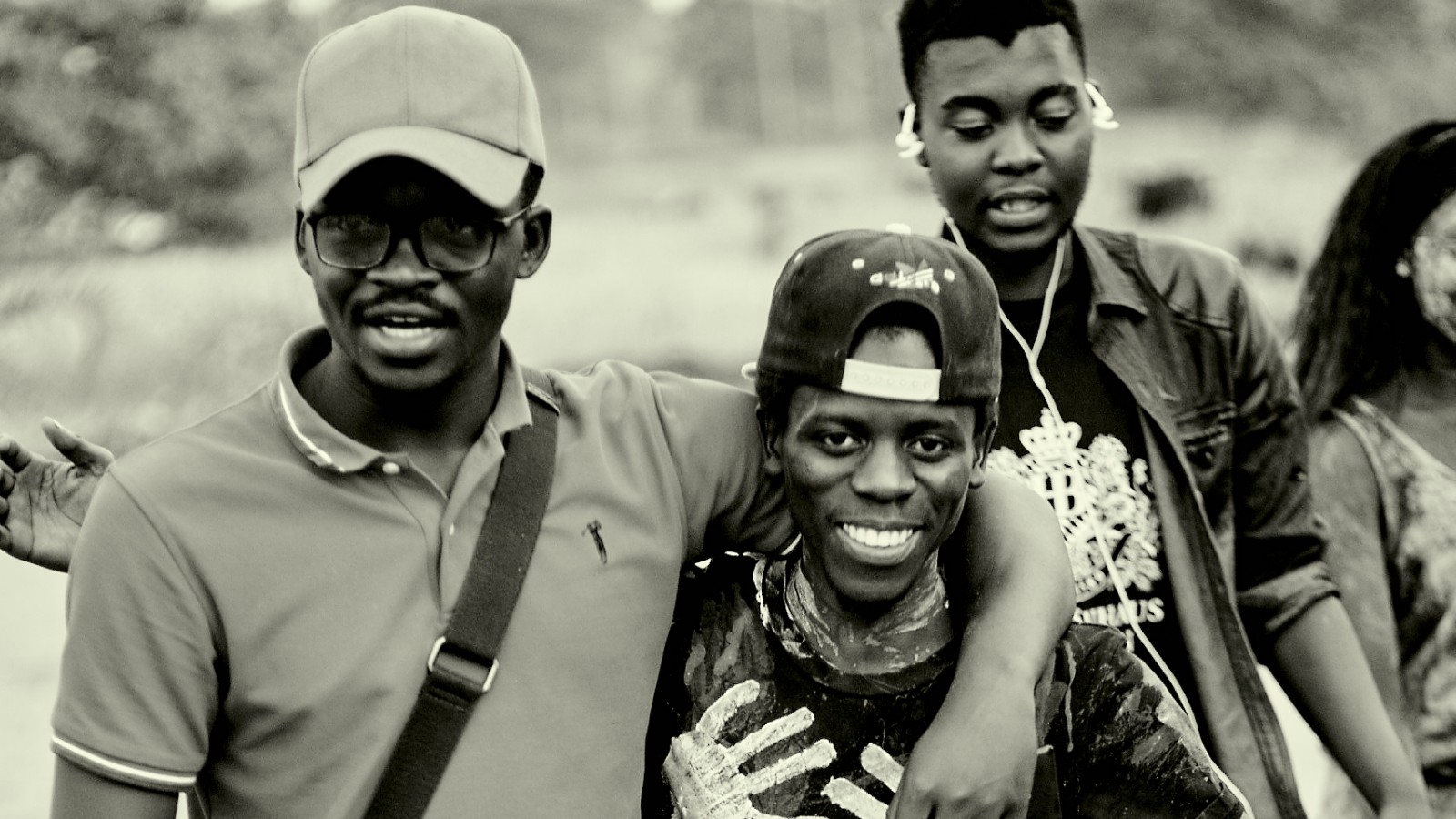
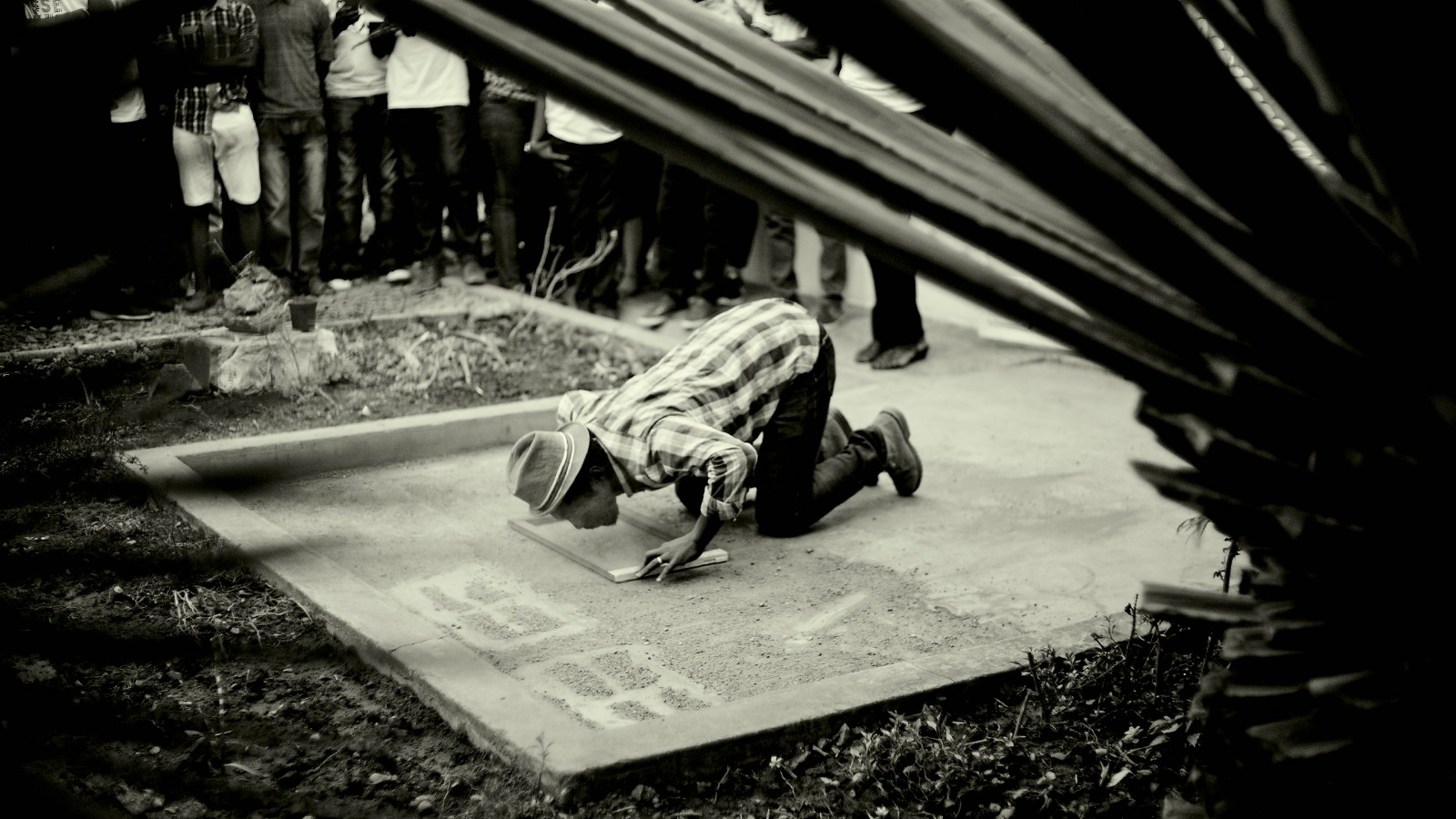
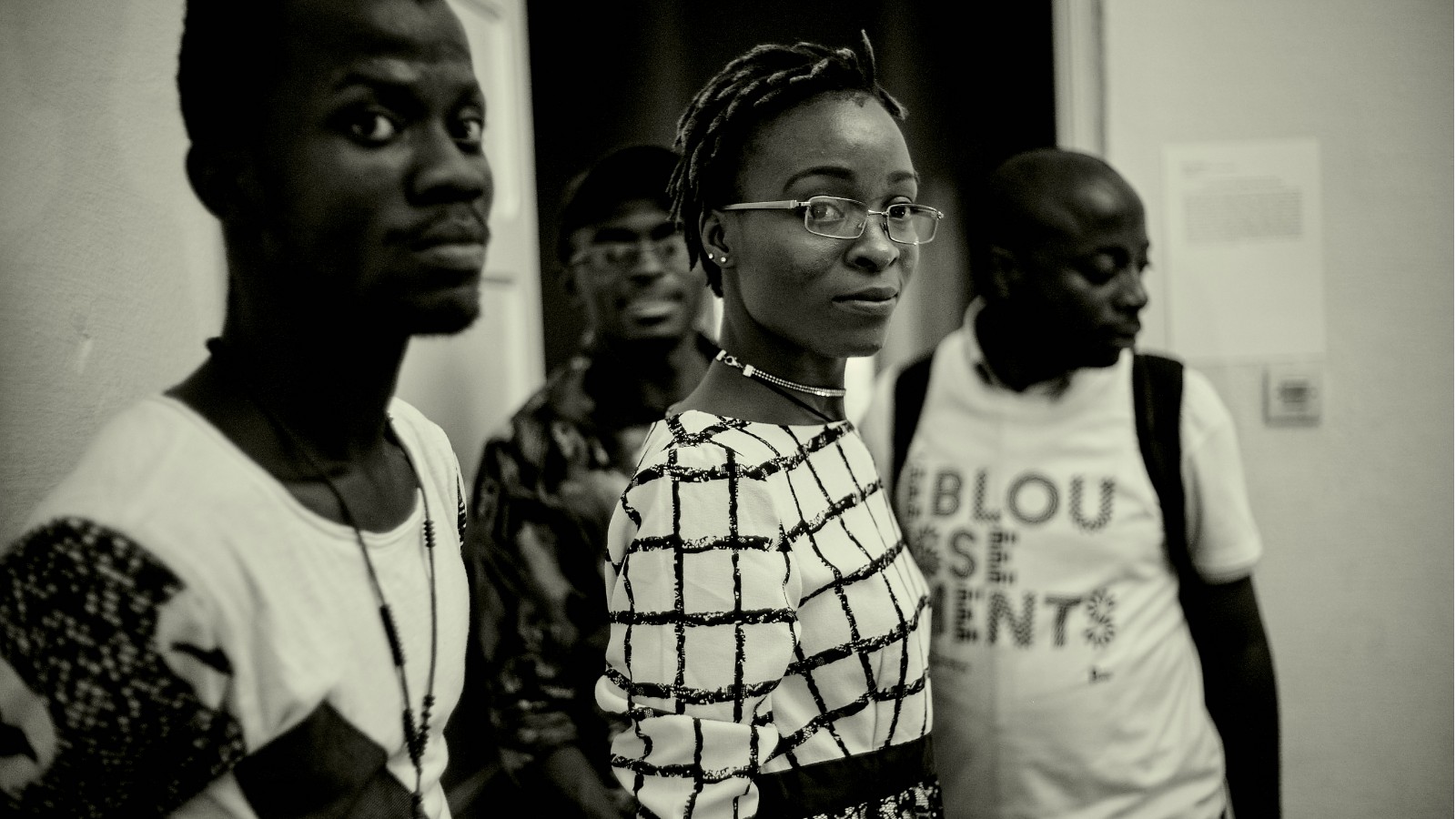
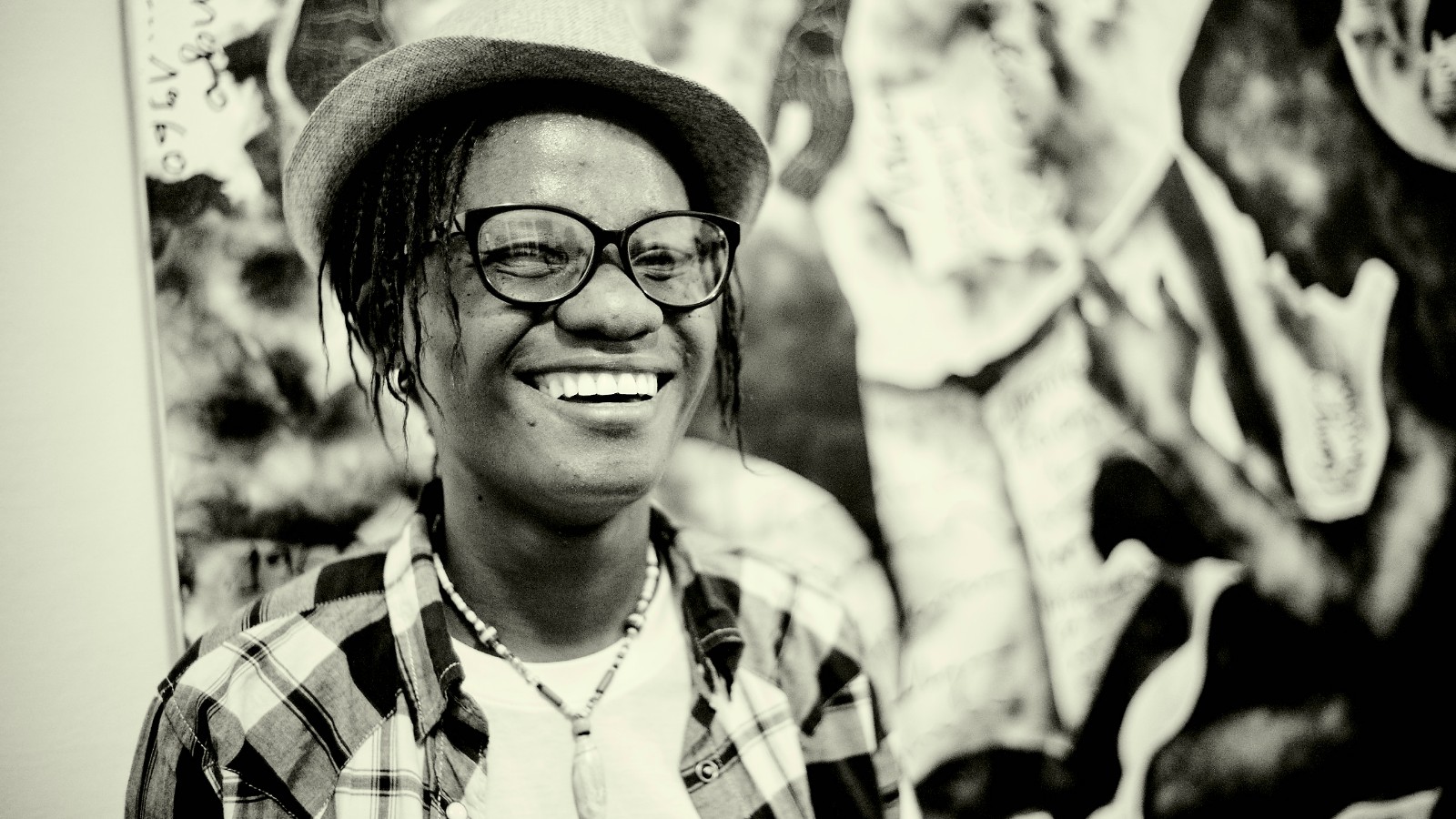
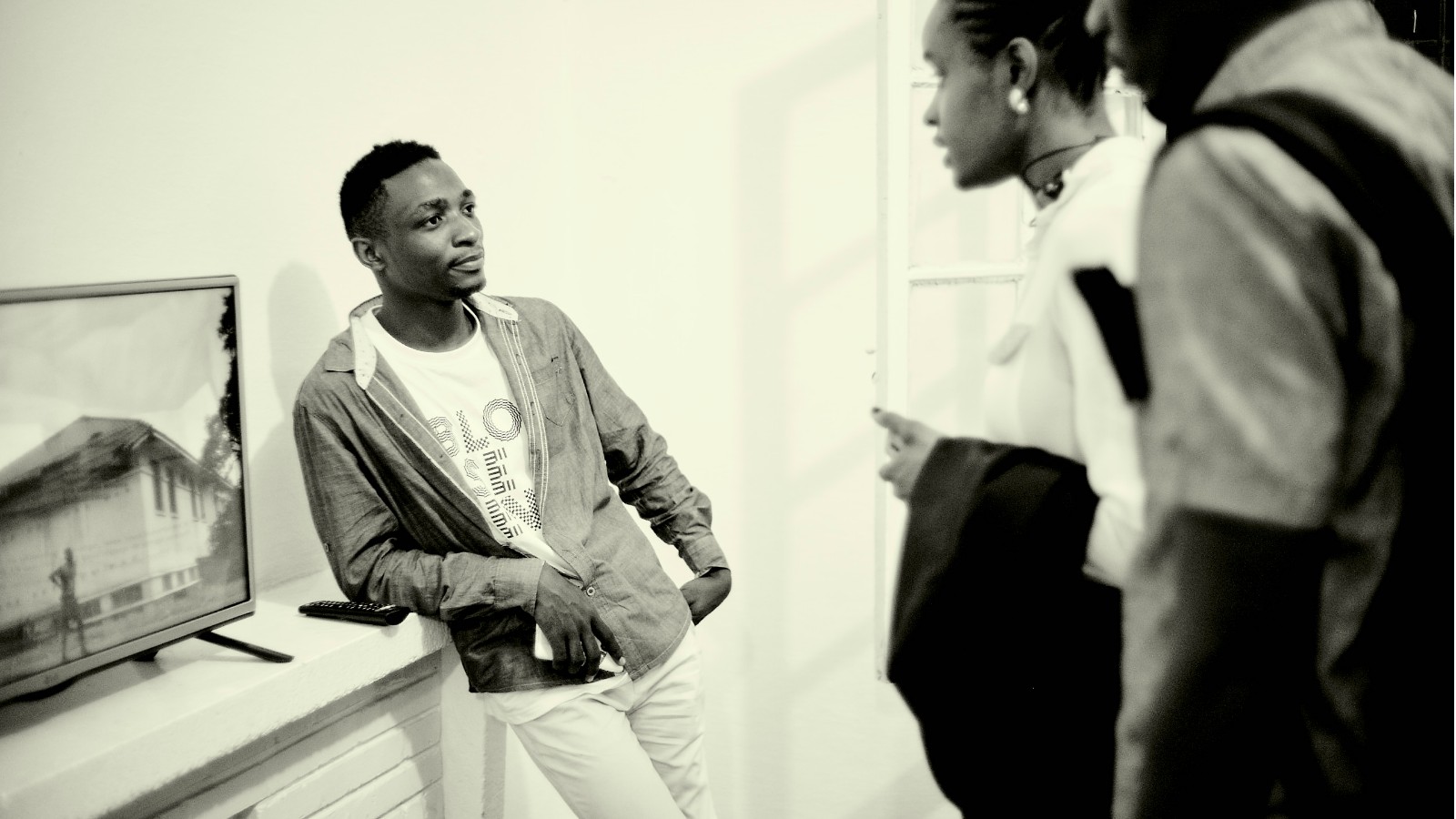
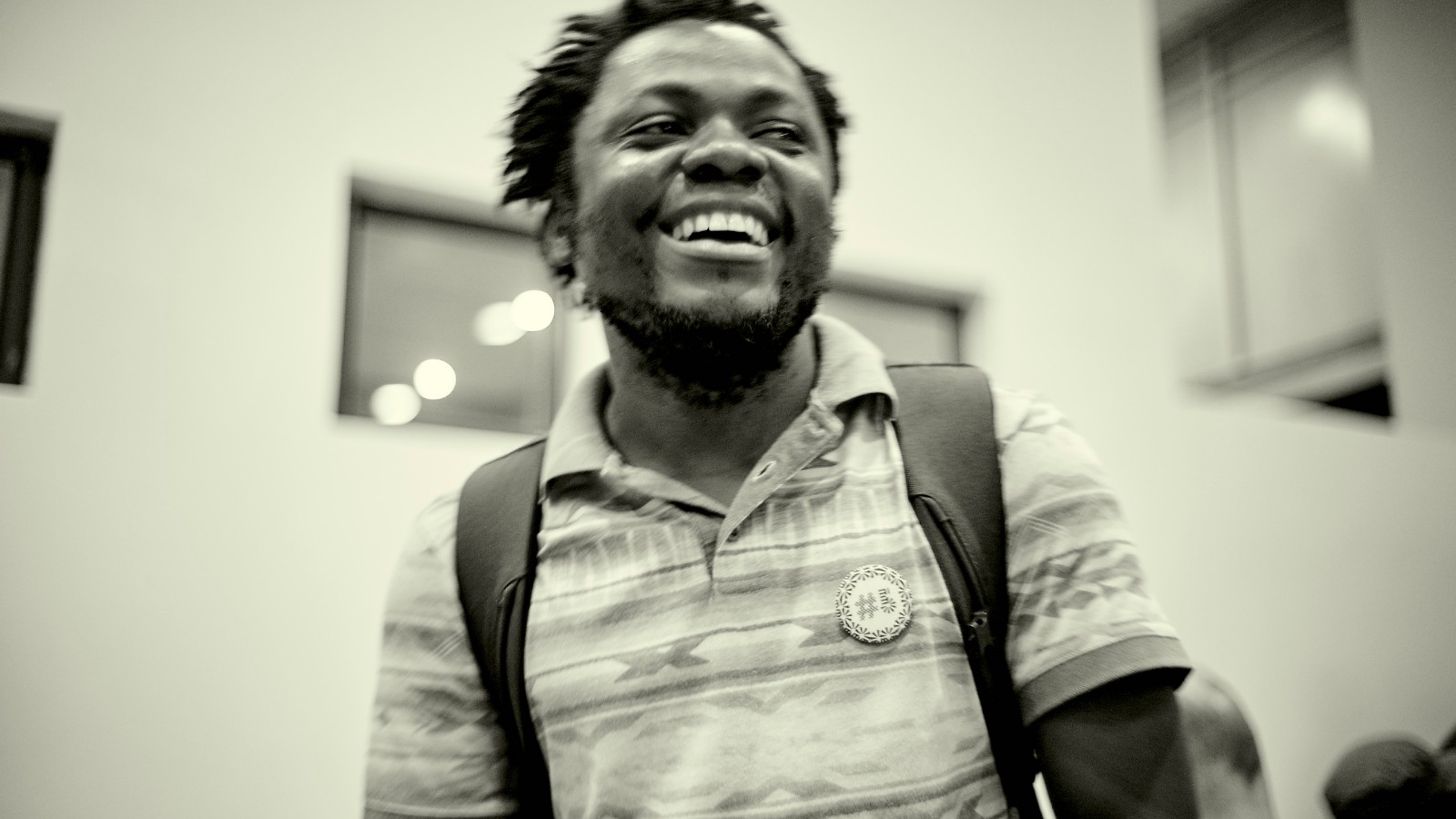
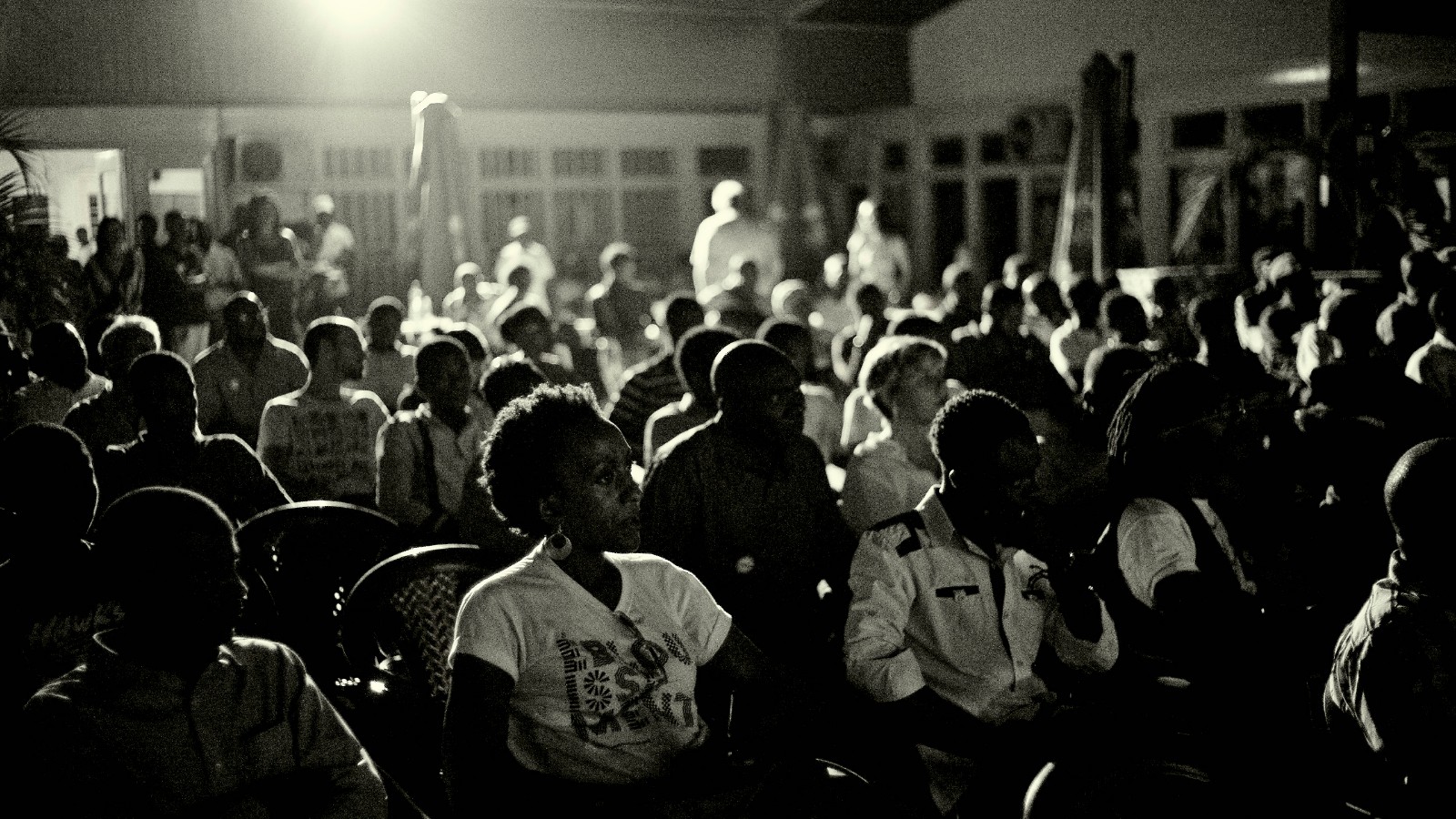
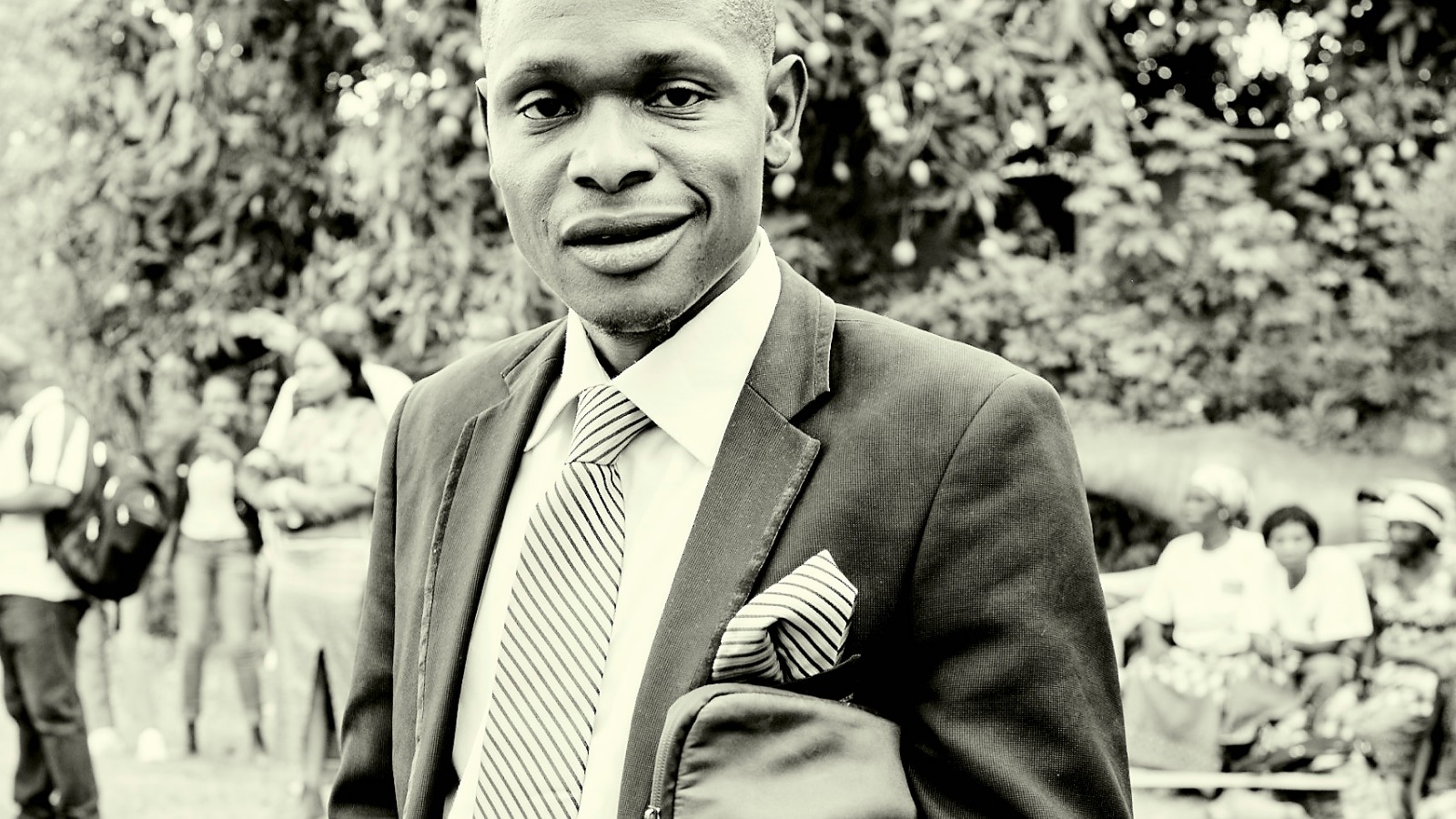
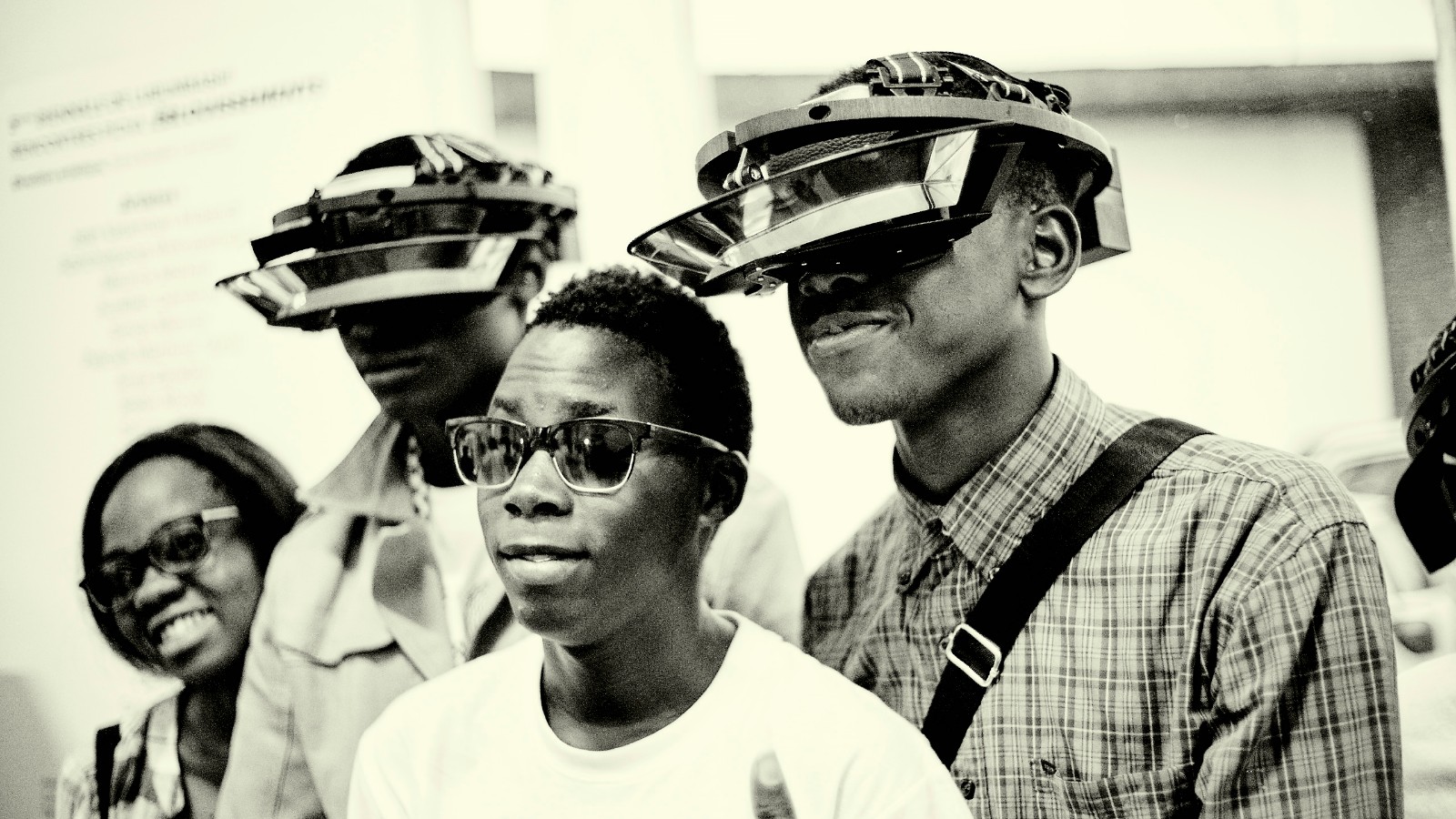
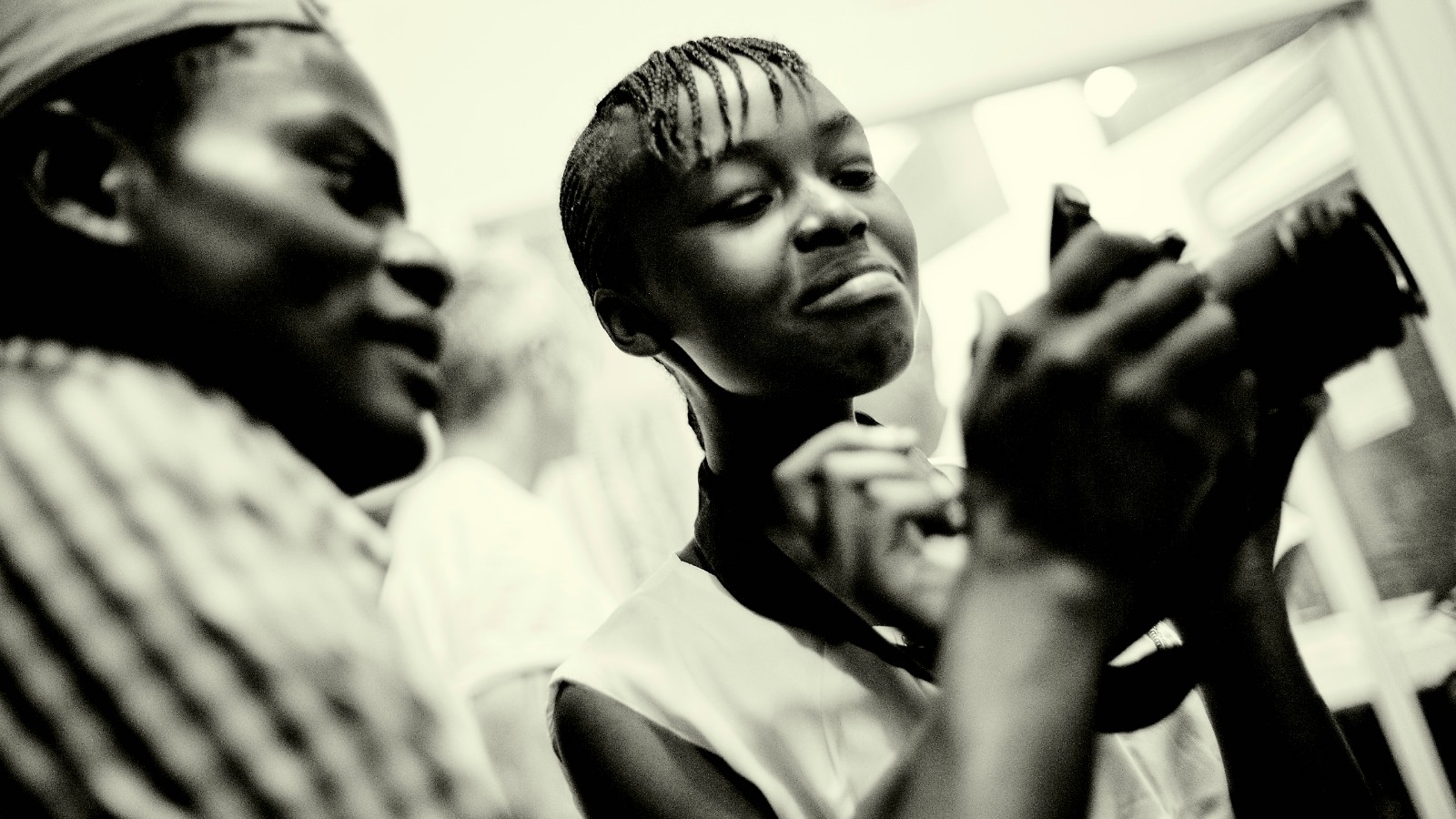
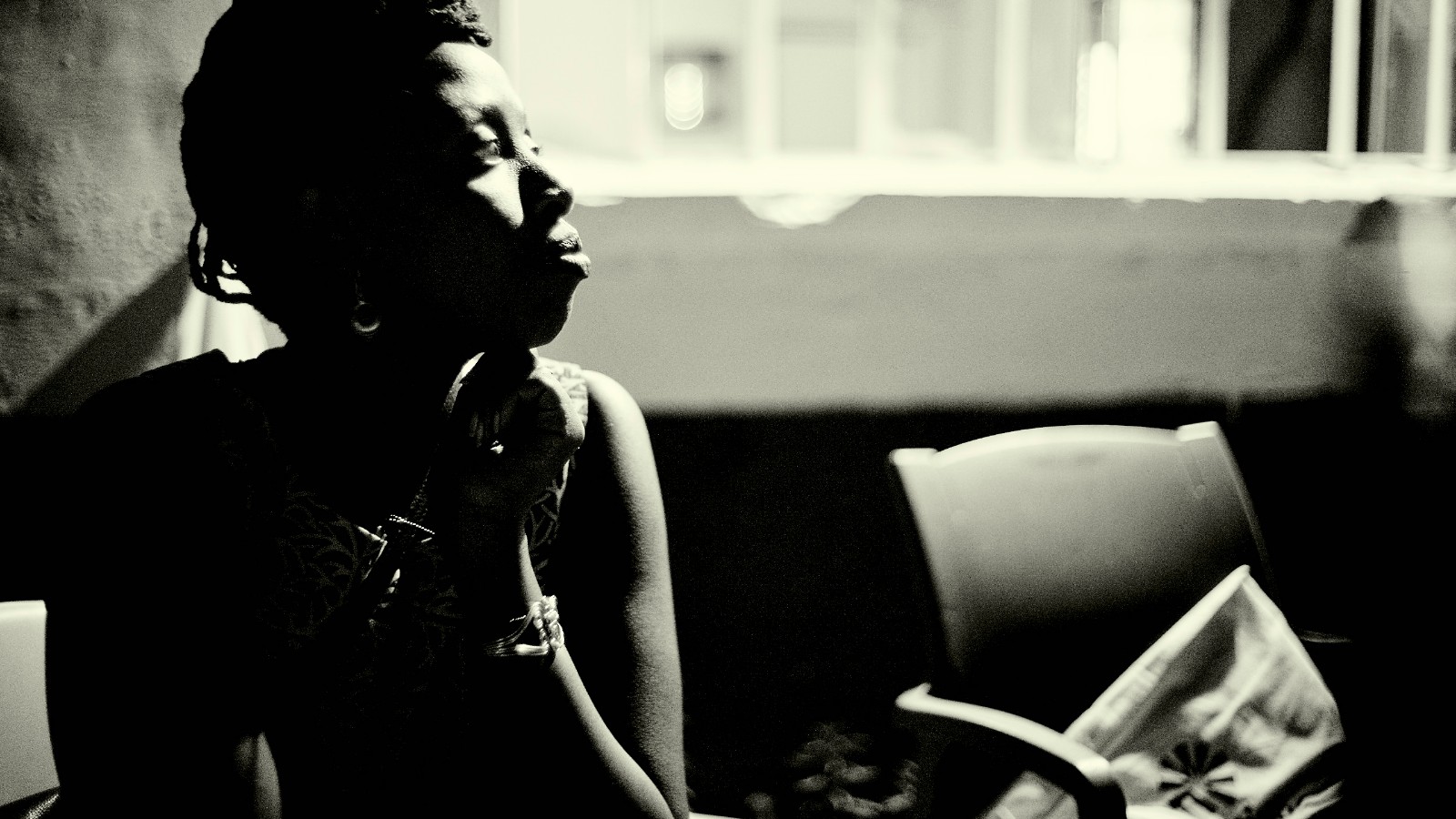
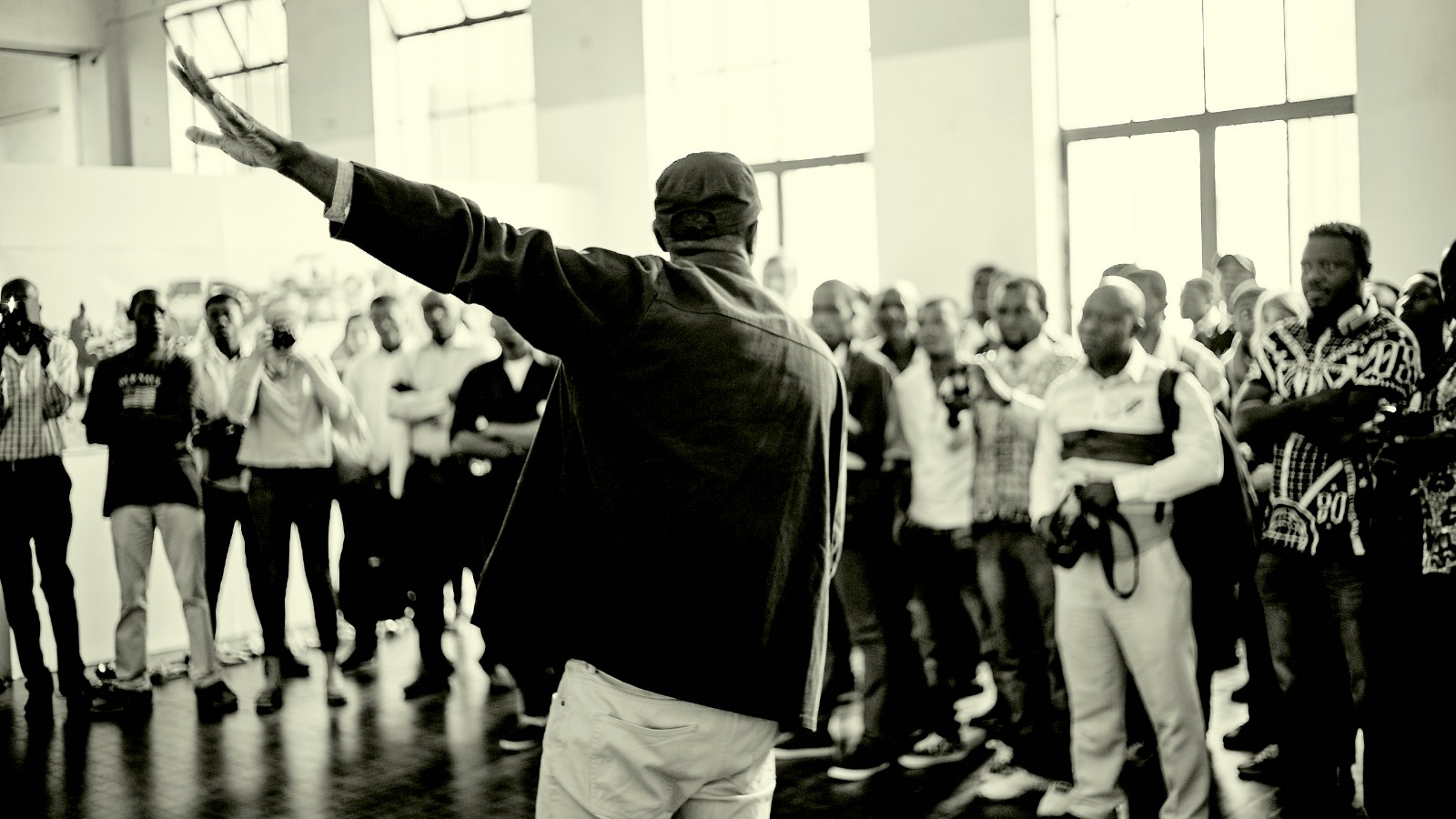
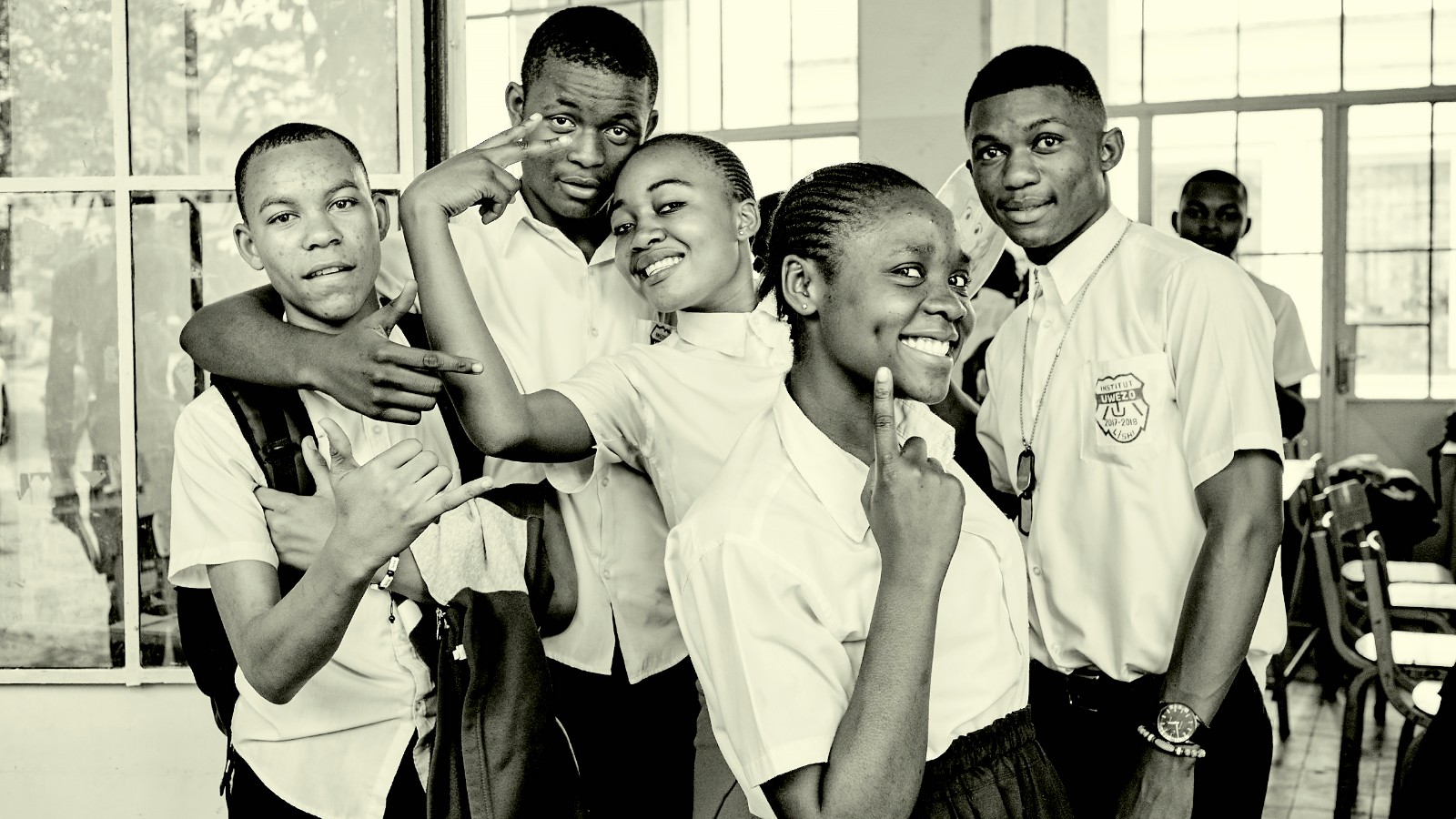
* For sharing their time and thoughts with me, I would like to express my heartfelt thanks to Babacar Mbaye Diop, Eddy Masumbuku, Hadassa Ngamba, Junior D. Kannah, Pathy Tshindele, Rosemary Tshawila, Sammy Baloji, Simon Menner, Thom Ogonga and Toma Muteba Luntumbue.
To draw more attention to non-English publications and countries in international arts management, we offer the possibility of re-publishing articles in English that were originally written in other languages. Would you also like to republish an article with us? Just write us an email to office@artsmanagement.net















There are no comments for this content yet.
similar content

